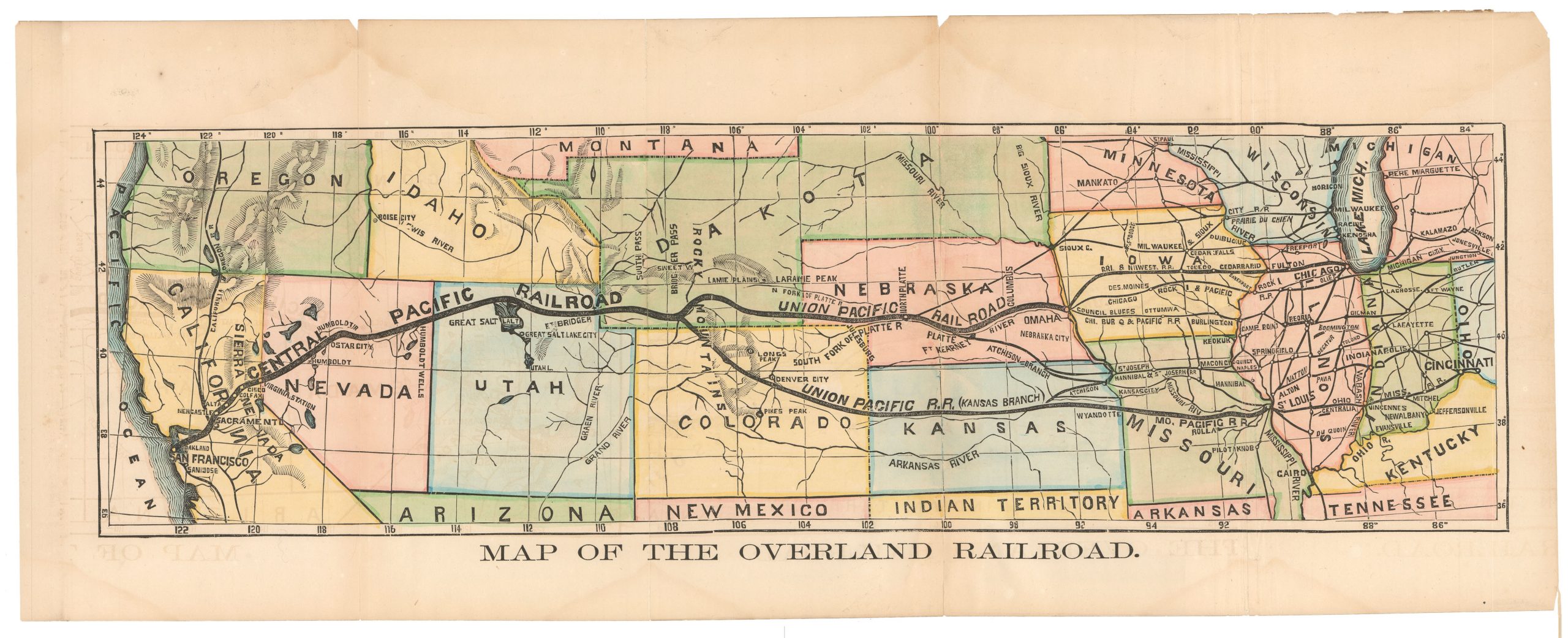With the proto-State of Franklin and the colony of New Iberia (Morgania)!
The United States of North America: with the British Territories and Those of Spain.
$6,500
1 in stock
Description
Faden’s 1808 map of the United States offers a detailed depiction of the fledgling nation during a time of complex political challenges. These challenges included disputes over state vs. federal sovereignty, land rights, relations with American Indian nations, domestic and foreign land speculation, and frontier expansion. Notably, the map features the short-lived proto-state of Franklinia and the colony of New Iberia.
Scope
The map’s coverage extends across the United States shortly after the 1803 Louisiana Purchase, stretching from Galveston Bay and Lake Winnipeg in the west to the Eastern Seaboard and from James Bay and Labrador in the north to Florida and the Bahamas in the south. It reflects a time of opportunity, where ambitious individuals sought to establish settlements and trade empires along the loosely regulated frontiers. Among the notable land schemes and settlements represented are the Ohio Company, the Illinois Company, Colonel Simms Donation Lands, the Seven Ranges, and troop reservations for North Carolina and Virginia soldiers. Additionally, the map provides detailed documentation of the ongoing conflicts with various American Indian Nations throughout the region.
The proposed state of Franklinia
Franklinia was located in what is now eastern Tennessee. North Carolina offered it to the U.S. Congress as partial payment for its Revolutionary War debt. Franklinia was expected to become the 14th state, with its capital in Jonesborough, leading to the establishment of a provisional government in 1785. However, the government of Franklinia ran parallel to North Carolina’s, with neither recognizing the other’s legitimacy. Franklinia was unique because it resulted from a “cession” by North Carolina and a “secession” when North Carolina withdrew its offer after Congress failed to act.
Arthur Campbell and John Sevier spearheaded the creation of Franklinia, hoping to gain Benjamin Franklin’s support by naming the state after him. Unfortunately, Franklin was in Europe at the time and could not support the new state. Without sufficient congressional backing, Franklinia could not secure the required two-thirds vote under the Articles of Confederation to achieve statehood. After a series of conflicts, Franklinia was absorbed into the new state of Tennessee, which achieved statehood in 1796.
Native American Sovereignty
Faden’s map highlights the political and territorial claims of American Indian nations. Borders, drawn in purple, represent the boundaries agreed upon in a series of treaties between Britain, the United States, and various American Indian nations from 1765 to 1798, collectively known as the “Convention of 1798.” Among the treaties referenced are the 1798 First Treaty of Tellico with the Cherokee, the 1798 Convention Between New York and the Oneida Indians, the 1798 Cherokee Treaty, and a 1765 British treaty with the Florida Creek. Faden expresses a form of “cartographic advocacy” for American Indian rights, suggesting that lands not settled by Europeans should belong to the indigenous peoples.
However, this advocacy likely reflects not British sympathy but anti-American sentiment following the Louisiana Purchase. While Britain supported the weakening of French influence in America, some British policymakers viewed U.S. expansion as a threat to British colonies in North America. This view contributed to the tensions leading to the War of 1812. The purple boundaries on the map represent what many British viewed as the rightful western limit of U.S. expansion despite the map showing settlements as far west as the Mississippi River.
Faden’s Maps of the United States
Faden’s series of maps of the United States is regarded as a comprehensive record of the early years of the American Republic, chronicling its struggles and expansion. The series, consisting of 14 maps with various editions and updates, began in 1777, shortly after the American Revolutionary War began. The maps were continuously updated throughout the war and in the post-war years, with the series extending until 1843 under the ownership of James Wyld. This body of work captures one of the most dynamic periods in American history.
The Stevens and Tree cartobibliography identifies the map under discussion as the third state of the 1793 variant. It is notable for including Franklinia and Morgania (or New Iberia) and for designating the new “Tanessee Government” and the nascent “Washington, or the Federal City.”
Census
This map was published by William Faden in 1809 and is cataloged by Stevens and Tree as the 7th edition and third state of the 1793 edition. While well-represented in institutional collections, examples of this map are rare on the market.
Cartographer(s):
William Faden (1749 – 1836) stands out as one of the eminent English cartographers and map publishers of the late 18th and early 19th centuries.
Early in his career, Faden was mentored by Thomas Jefferys, a leading map engraver and publisher in London, who held the distinguished title of “Geographer to the King.” Upon Jefferys’ death in 1771, Faden inherited his business, and by 1783, his exceptional skills earned him the appointment as the royal geographer to King George III.
His cartographic prowess was particularly evident in his detailed maps of the British Isles and depictions of battles during the American Revolution. In addition to his cartographic ventures, Faden was a shrewd publisher, running a renowned map store in London. This establishment quickly became a nexus for geographers and explorers.
Condition Description
Good. Dissected and laid down on original linen. Some verso reinforcement to old linen. Slight foxing and even overall toning.
References
Stevens, H. and Tree, R., 'Comparative Cartography', in Tooley, R. V., The Mapping of America, #80 (1809) G.




